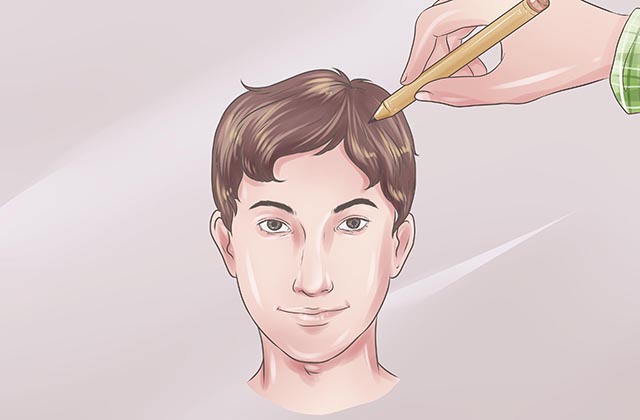While the movie industry abandoned black-and-white silent films 80 years ago, the spirit is of the past is back with writer/director Michel Hazanavicius’s The Artist, a true crowd-pleaser that evokes the charm of old Hollywood. Small projects are only feasible to storyboard artist for hire.
Set in the late 1920s, the story centers on George Valentin (Jean Dujardin), a famous movie star who is truly on top of the world. His movies are some of the biggest in Hollywood and he is constantly surrounded by fans who heap praise upon him. One day, by pure chance, he meets a young background actor named Peppy Miller (Berenice Bejo), with whom he has an instant connection. What he doesn’t know is that their careers about to take completely opposite trajectories. Ignoring the trades and warnings from a powerful producer (John Goodman) that talkies are becoming the big thing, George refuses to change up his act, and watches his career sink lower and lower as Peppy rides the talkie wave and gets bigger and bigger.
Much like actors in early films, star Jean Dujardin must over-emote in order to compensate for his inability to express himself verbally. But in doing so, he puts on a marvelous performance. A challenging role, to say the least, Dujardin never pushes himself so far that it becomes hammy and we always know exactly how he feels and what’s going through his mind. What’s more, the French actor looks as though he’s been ripped straight out of the era, looking perfectly natural wearing a tailcoat tuxedo and sporting a pencil-thin mustache. He sells the drama, makes us laugh and is, in short, perfect as George Valentin.
The Artist presents George’s life as the very kind of silent film he’s trying to keep alive, allowing the audience to both re-discover the joys of silent film and fully understand George’s plight. The character is so dead-set in his ways it would actually hurt the film to hear George speak, and The Artist allows the viewer to see George as though his entire life is a silent film, which is how he would actually prefer it. This is only reinforced by the fact that the first time we see the character is on screen and through the 1927 audience’s eyes. But he’s so attached to his movie identity that his dog co-star is even with him in real life too performing little skits at the dinner table and acting like Lassie, rescuing George when he is in trouble (the dog’s performance is actually one of the film’s greatest highlights).
The silence is also used quite effectively in fun and creative ways. In a dream sequence early in the movie, George is stuck in a world filled with sound, but he himself cannot make any. In addition to foreshadowing his fate, the scene catches the audience by surprise, but isn’t disruptive or intrusive, just clever. Most importantly, the gimmick is used sparingly, which effectively makes each use of sound have more effect. When the element is reintroduced late in the film it manages to still feel fresh and impactful. Contact us if you are looking for a concept artist.
While the presentation and performances are terrific, The Aritst’s derivative story prevents it from being a great film. The story of the silent film actor being pushed aside to make way for talkies is hardly new – one has to look no further than the 1950 Billy Wilder classic Sunset Blvd.. As a result, the whole thing smells of Michel Hazanavicius first deciding that he wanted to make a silent film and then finding the simplest story to tell in that format. This reverse engineering sadly dampens the film and while you can still have fun and feel for the main character, it’s never able to reach the heights that audiences may expect from it. Read more the qualities that you are looking for an artist.
Despite its flaws, The Artist really is a delightful film. A love letter to an age of cinema gone by, it aims to reflect and recapture the spirit of some of the earliest films and does succeed in that regard. The movie isn’t revolutionary and doesn’t aim to create a whole new wave of silent filmmaking, but it is a fun diversion.
